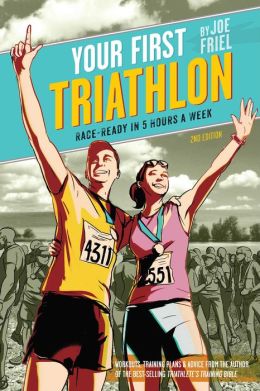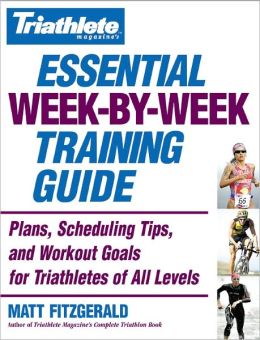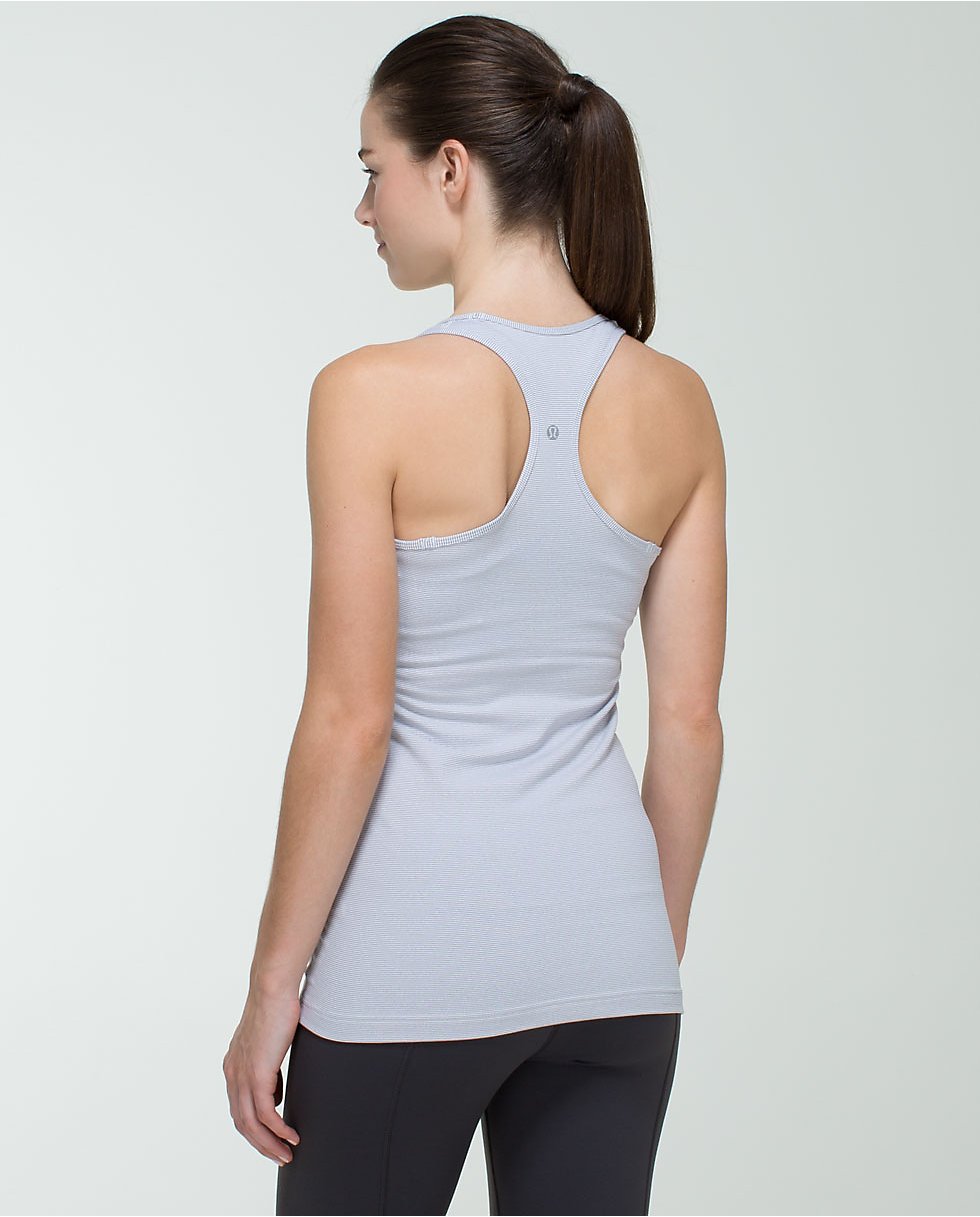Psssst! Hey you. Yes you, the person who has secretly wondered if they can do a triathlon. No, seriously. YOU. The person who has just planted the seed. Maybe you've heard of other completing a tri or seen one on tv. Maybe you imagined, step by step, if you could get through all 3 legs of the race. Maybe you started to think through the gear. Then maybe you dismissed it. For whatever reason(s), you did. I did too. But maybe that seed had already rooted a little and the thought came back to you. You won't admit to yourself that you might be taking it a wee bit seriously, but you might be. You definitely haven't told anyone yet, because that's crazy right? Maybe not! So here's what I say. Follow along because you're JUST CURIOUS. Okay? No one will tell.
See? I get scared too. Second road race ever, a 5 miler at Harpoon Brewery.
To give you some background if you are new here, I am a newbie triathlete. I have done 4 sprint distance races since my first one in August of 2012. I started sharing my running, and then triathlon, experiences partly to document it for myself but to also share with all of you. So many of you said what I was doing was brave, but I didn't feel brave. I started pushing myself because I felt so NOT brave. So here I am. I want to help you feel brave. Maybe sometimes terrified and brave, as triathlons can do to you, but brave none the less. I am also not of the traditional background, or body type that most people picture an athlete to be. That's why I am here for you now. I want you to see that if a totally goofy, clumsy "mortal" girl, who has more of a tendency for Bravo tv marathons than actual marathons can do this, you can too. I struggle with my weight, I have major battles with motivation some days and I work full time, just like many of you.
This series is geared towards someone who has never done a triathlon, or is very new and looking for tips. I will be focusing on the Sprint Triathlon for this series, although there are shorter "super sprints" and longer distances as well. I am really trying to make this as no nonsense and clear as possible. For that reason, I'll let you know the very basics you need. I will also let you know what the "nice to have" things are too so that you can make that choice. In upcoming posts I will go more into the transitions and the swim, bike and run individually. For now, I want to give you a sense of the logistics and how it all works.
Here's where I have to be the fun police. Please make sure any of the types of exercises you will be doing to train for a triathlon, and the race itself, is safe for you. It's a good idea to clear it with your MD if you are not sure. While I am not looking to scare you, there have been deaths in triathlons (same for running races). The vast majority of them happen in the swim to people who have undiagnosed cardiac conditions, but you never know. There have also been deaths on the bike course, mainly from bike-car collisions. Please ALWAYS wear your helmet when you're on your bike. ALWAYS. I fell in my driveway while standing over my bike with my feet on the ground. I hit my head HARD and was lucky I was wearing my helmet.
Registration
First things first, you have to register. For each race you do, you must have a USA Triathlon license. There is absolutely no way around this. You choose during the registration process to get a "day license" for $12 or you can get a year membership for $45. Obviously, if you think you'll do 4 or more races, you will save money with the year membership. With the year you will also get a spiffy card, a USAT sticker for your car (STICKERS!!!!! I love them!) and a whole load of discounts. One of them is 20% off Tyr, which makes swim and tri apparel. I only wear their swimsuits and with that discount, made back that $45 in one summer with the money I saved. I plan on buying a one piece tri-suit (we'll get to gear later) later in the season when I have a better idea of my size. You also get ranked nationally if you do three or more races, which was pretty cool to see this past year. Fun fact: I rank better nationally than locally. Not surprised at all. Thanks crazy competitive Boston people.
Training
So now that you've registered and have wiped your sweaty shaky hands off, how will the rest pan out? Well, first, don't forget to train. I used a plan that my personal trainer made for me for my first tri. To her dismay (ha...she is so patient with my craziness!), it was complicated by the fact that I had also signed up for my third half marathon, which was about 2 months after the tri. That meant 5 or 6 weeks or training overlap. The two books that I do own and would recommend are:
Your First Triathlon by Joel Friel
This is a good overview for beginners and has a very basic training plan. Of course, like anything else, it has to be taken with a grain of salt. You have to consider your own differences and needs. One example? My first race included a half mile open water swim. This book, and many people in my life, said that was a horrible idea. Mostly because they wanted me to be successful. However, I knew, and so did one of my friends who encouraged me to sign up, that I'd be fine. I was. It was scary but SO awesome!

This book is fantastic, because it includes training plans for the sprint distance right on up through the full Ironman and has ten (TEN!!!) levels of plans for each distance, depending on your experience, how much you want to train and what your goals are. I bough it and then proceeded to be totally intimidated by it until I signed up for my half ironman and things got REAL. Don't be intimidated. The workouts are coded and you have to flip back and forth to get the workout for each day. I made a google docs table and wrote out the workouts for each day so that I can see what I have every day for the whole week/month/plan. Write it out online or paper, whatever works for you! Remember to be flexible in training. If you have to swap days, it's okay. Just make sure you don't do a ton of days in a row. You need rest days too.

Training is also the time to figure out what works best for your pre-race meal and also if you need some nutrition during the race. I will get into this later as well.
Race Week
This is the week that you should be considering how you will lay out your transition area (at the latest, feel free to experiment ahead of time). Transition is your home base and I will do a separate post just for that. Essentially, it's where your bike is racked, where all of your gear will be and where you will get "transition"from one stage to the next. You should also be cutting back on workouts as your plan will tell you. Eat normally and as you get closer to race day, start considering how sensitive your stomach is and if you will want to avoid certain foods. For me that's dairy and anything with a lot of fiber. Later broccoli!
If you have the opportunity, I strongly recommend going to a pre-race packet pick up and not the pick up on the morning of the race. It's just one less things to worry about. It also give you a chance to look through everything in your packet and make sense of it. You will have numbers for your helmet, your bike, your body (for the run) and maybe even for your swim cap. You will be give a color coded swim cap that corresponds to your wave and maybe even temporary race number tattoos (if not someone will write them on you with a sharpie on race day). Something that might throw you off is your "age" during the race. If you are racing in 2014, you will race as what ever age you turn that year. Even though I will be 35 through the entirety of the 2014 race season and turning 36 in the fall, I will race as a 36 year old. You will also be in whatever age group that "race age" puts you in.
You may also be given a neoprene timing chip. If so, DO NOT LOSE IT. DO NOT FORGET IT. This is how you get your time and has to be worn the entire race. You are also responsible for giving it back or being charged a fee. Some races don't give them out ahead, which I prefer. Otherwise I sleep with it on the night before, because I am THAT paranoid. Make sure its on good and secure. You don't want to yank it off with your wetsuit if you are wearing one that day. No chip = no time = no results = sad trombone for you. Wah wahhhh...
Since you have all of your numbers, you can go ahead and put the ones for your bike, helmet and swim cap (if used) on ahead of time. One less thing to worry about on race day! I suggest using a race belt that holds your number for the run so that you don't have to fumble with safety pins after swimming. No matter what you think, safety pins are a horrible idea and I'm glad that's one of the things I didn't learn the hard way. I will give you an option for using them that has been suggested in a future post, but I like the belt.
Race Day
Most races start at 8am, but some are even as early as 7. For an 8am race the timeline is often:
4:30/5am - race day packet pick up opens (and possibly day-of registration)
6am - transition opens (you are allowed into the corral where you will have an assigned bike/transition space. Only athletes, volunteers and USAT refs are allowed in here)
7:30 - transition closes
7:45am - pre race meeting/national anthem
8am - first swim wave starts
So you see why you don't want to wait to pick up your packet? Think of how long the drive will take. Think of how early you will have to get up to eat, get dressed and pack up/double check your gear before the time you need to leave. You could easily bet getting up at 3/3:30am. If your a terrible sleeper like I am, it might mean only 2-3 hours of sleep that night. If you don't have a choice, just bite the bullet and get there as early as it opens. You will be tired no matter what time you get there and the more time you have to get settled in, the less nervous you will be before the race. Don't put yourself in a position to rush.
This line is 30 minutes after I arrived and is tame compared to what it looked like 30 minutes later.
After you get there and set up your transition area, try and make a last minute porta-potty run. Even if you think you don't have to. If you are wearing a wetsuit for the swim, leave plenty of time to get it on correctly and get into the water. Soon you will be called to the pre-race meeting, which is usually safety basics, random announcements, reminders and any changes. After that you will be grouped into your wave. Waves are made up of elites and then different age groups. It's done this way so that you have 50-100 people rushing into the water at once instead of 1,000 plus. There is often a "novice" or "nervous swimmer" wave as well. I highly recommend signing up for this wave and have placed myself in it for 2 of the 4 I have done. It's a little more, "Yay! We're in this together! Go us!" and a little less, "I will push you under and swim over you if you are in my way!" than the age group waves can be. That being said, I've had great experiences no matter how I've raced. Except for the guy who grabbed my toe and needed a kick in the face. A typical sprint distance swim is 1/4 to 1/2 a mile and in a pond, lake or ocean. You will almost always have a separate time for the swim, along with T1, the bike, T2, the run and your overall total time. Small races may not give you more than your total time.

Yep. I'm so cool you can't even stand it.
After the swim is the first transition or T1. Here you will go from the swim to bike. All of your gear will be next to your bike and hopefully laid out in a way that is helpful to you. Keep in mind that unless you are doing a full Ironman with a changing tent, you will not be able to change clothes and nudity is a big no no. We'll go over how that will work with clothing in the gear section. Do not forget to put your helmet on here! The bike leg is usually 10-15 miles, with 12 being pretty average. Elevation changes vary greatly race to race, so consider this if you are not a strong biker, but remember that you can train for hilly courses too!
Running the bike out of T1. You cannot get on your bike until the mount line.
After you bike, you will enter the second transition, or T2. Here you will end the bike and start the run. Don't forget to take off your helmet (you'd be surprised how many forget!) and have your run number on (I usually put it on before the bike and turn it so it's behind me while I ride). Get going on your run and expect your legs to feel pretty heavy for the first 10-15 minutes or so. The run is usually about a 5K (3.1 miles) but can be up to 4 or 5 miles.
After that, it's the finish! Be proud, post it allllll over facebook, talk your friends' ears off and wear that medal and race T-shirt out to brunch!
Then go find your next race.












.JPG)
.JPG)









